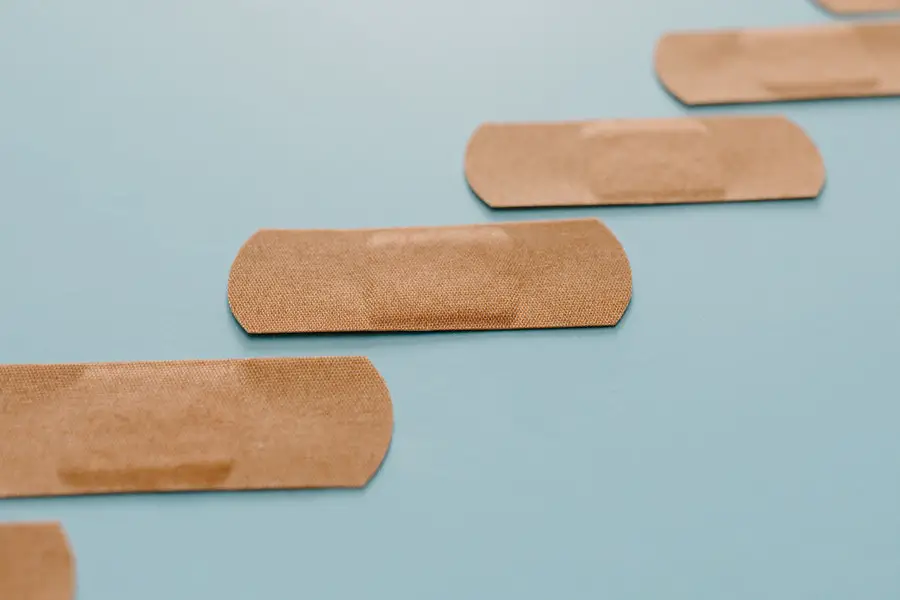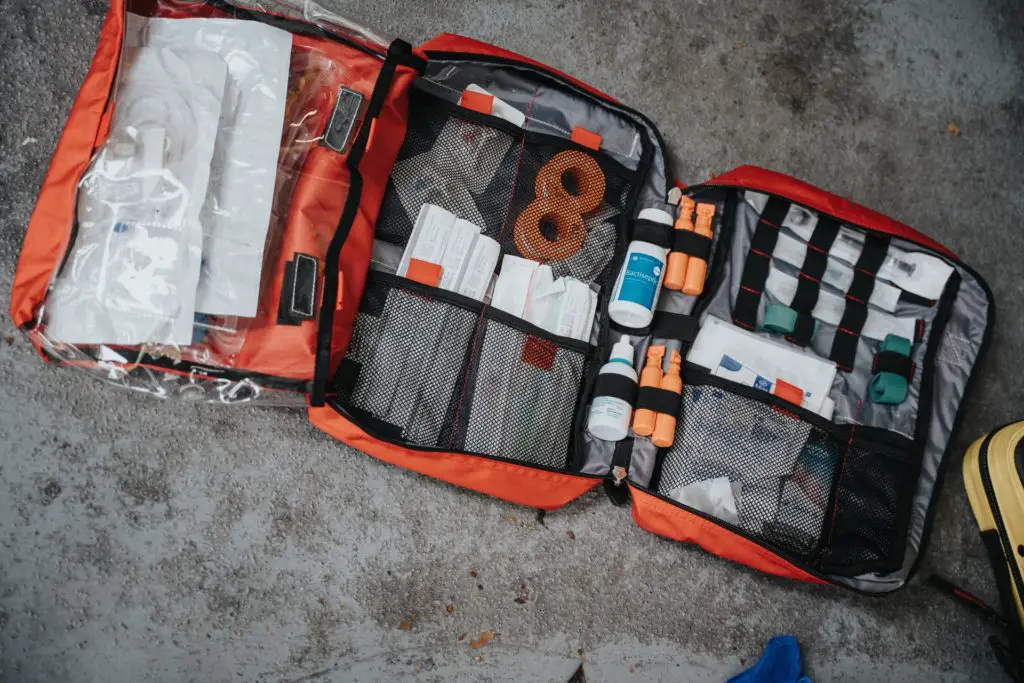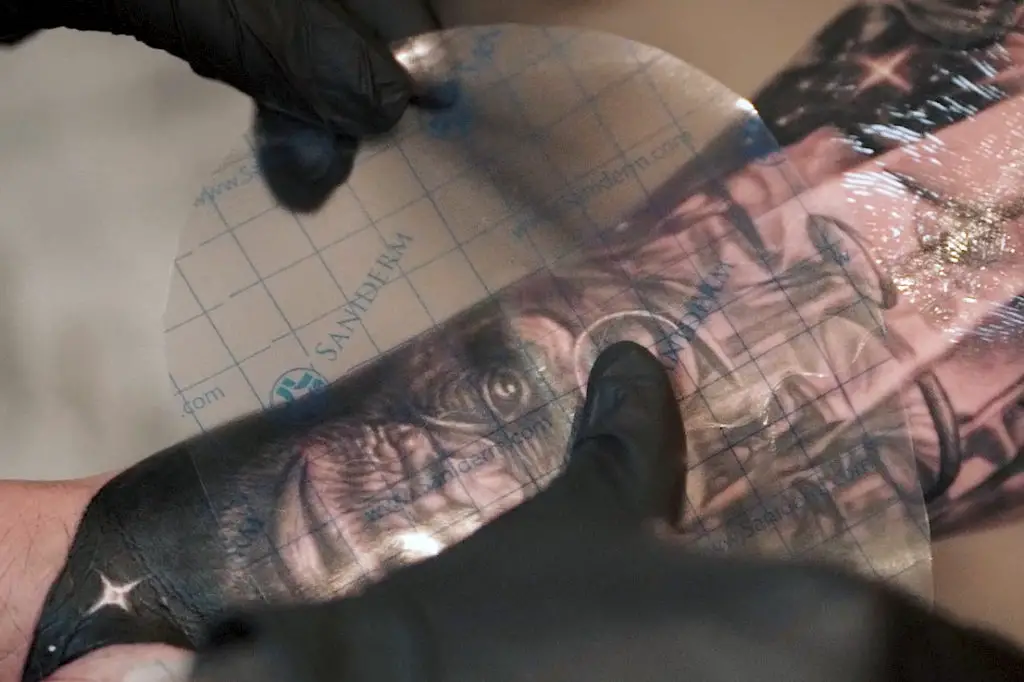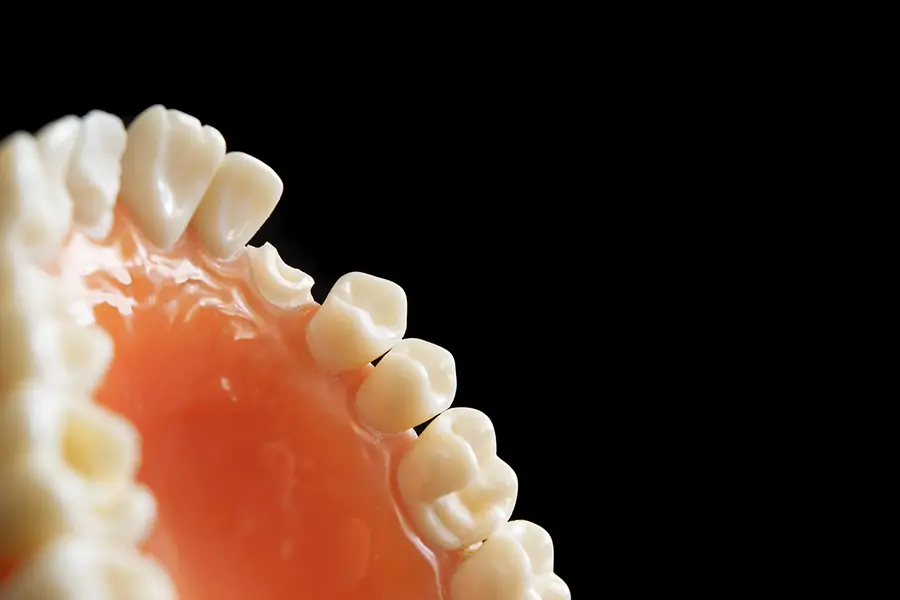The world’s number one, go-to, first aid kit item has got to be the adhesive bandage. It’s the easiest way to address your everyday cuts and scrapes. They were invented because there was no bandage/dressing combination at the time, which made it difficult to take care of a wound with one hand. Enter the adhesive bandage: a strip of material that can stick to the skin and has an integrated dressing, usually in the form of a cotton pad. Because they are individually packaged, they are sterile, meaning they are free from bacteria and safe to use on your injury.
With all the options out there, it’s hard to know which adhesive bandage is best and what to even look for. This article will show you all the different kinds, shapes, and sizes of adhesive bandages on the market so that you can better make your decision when stocking your first aid kit.
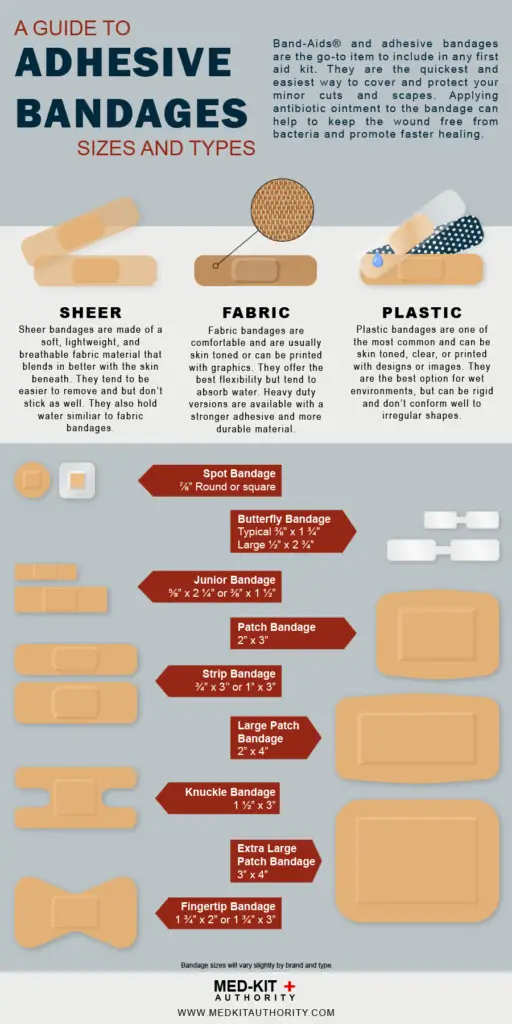
What are Band-Aids actually called?
Band-Aid is actually a brand name and a registered trademark of the Johnson & Johnson company. The generic term for Band-Aids is adhesive bandage. But in the same way that people use the term Kleenex to mean tissue, the brand name Band-Aid is used unchangeably with adhesive bandage. In the UK, the British refer to adhesive bandages as plasters. Elastoplast is a common brand of plasters in the UK and in Australia. All three words mean the same thing and can be used.
What are adhesive bandages made out of?
Adhesive bandages consist of two major parts: the bandage and the dressing. The bandage is the adhesive portion that protects and holds the dressing in place. The dressing is the small cotton pad that’s on the inside face of the bandage. Band-Aids typically come in two major material categories: fabric and plastic, although there are many subcategories of these materials. When I reached out to Johnson & Johnson about what Band-Aid brand bandages are made of, they stated that the design is proprietary and wasn’t elaborated on. If you’ve ever used different brands of bandages, you know that not all bandages are created equal. Different manufacturers have different ways of constructing their bandages, which can affect their quality.
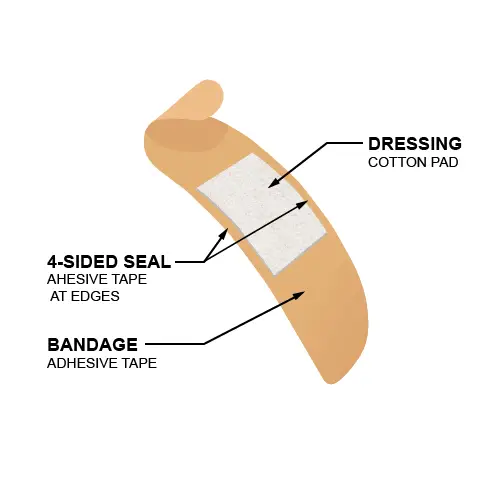
What are the pads made out of?
The white pad (or dressing) of a bandage is usually made out of cotton. They are essentially small sterile gauze pads meant to draw out blood or other fluids from the wound while also keeping the wound moist, which has been proven to help a wound heal faster. Some pads use a coating to keep the pad from sticking to the wound.
Do Band Aids have latex?
It’s not uncommon for adhesive bandages to contain some amount of latex. If you have a latex allergy, you should be sure to read the label before buying or using the product. If the label doesn’t specifically say that it’s latex-free you should assume that it contains latex. According to this post by the Harvard Medical School, even if a label states that a product is latex-free, it does not guarantee that latex proteins are not found in the product. If you can, check the reviews of a product first to see if anyone has had an allergic reaction.
Adhesive bandage options and features
As adhesive bandages have progressed over the years, they have added extra features and options to solve many of the issues that consumers were coming across.
4-Sided Seal
A 4-sided seal means that the dressing or cotton pad is surrounded by the adhesive material, ensuring that no dirt can enter from the long edges of the bandage. Although this is pretty much the standard now, some bandages still do not have a four-sided seal. The bandages that do have a 4-sided seal don’t always have enough adhesive material on the edges to make them effective. Larger side seals are typically found on durable, water-resistant, or similar high-abuse bandages.
Antiseptic or Antibiotic
Many adhesive bandage brands now have the option of a pre-applied antiseptic on the pad of the bandage. Antiseptics are a substance that prevents infection and disease and are a good idea to apply to fresh cuts or scrapes. They can also help prevent the pad from sticking to the wound. These antiseptics are usually in the form of an antibiotic ointment or an antiseptic like benzalkonium chloride.
Colors to match skin tone
In an effort to become more inclusive, many bandage companies are coming out with bandages in a variety of colors to match the skin tone of all races and users.
Sensitive Skin
There’s a reason why “pulling off the Band-Aid” has become a common metaphor. Adhesive bandages can often be painful to remove, especially for children, the elderly, or people with a lot of hair. Some bandage manufacturers are coming out with options to make the process less painful by using different types of adhesives. These bandages are usually also a good choice for people who are allergic to the adhesives typically used. Keep in mind that the adhesives for sensitive skin come at a cost and won’t hold up to abuse as well as your typical Band-Aid.
Types of Band Aids
Standard
There is no real “standard” bandage anymore – adhesive bandages come in many styles and types. But the most common types are sheer, fabric, and plastic.
- Sheer – Sheer bandages are made of a translucent material that are slightly more discreet and tend to be soft and breathable.
- Fabric – Fabric bandages tend to be the most comfortable because they are flexible, breathable, and contour to your body better than plastic. But because they’re fabric, they absorb water and are not great for wet conditions.
- Plastic – Plastic are usually the cheapest adhesive bandages. They are good at repelling water but that means that they also hold moisture in. Some do come with small holes to allow the skin to breathe better. The plastic is also more rigid than fabric or sheer bandages and, therefore, don’t conform to the surface that they’re adhering to as well.
Waterproof
Waterproof bandages are meant to hold up in even the dampest conditions. They’re made of material that resists water and they use adhesives that do the same. They also usually provide a larger four-sided seal for the cotton pad to keep the wound protected. Waterproof bandages can often be found in a clear plastic option.
Heavy Duty / Durable
Some applications require additional durability and adhesion. If you’re cut is exposed to heavy abuse, you’ll need an adhesive bandage that can stand up to it. These bandages tend to be of a thicker and more heavy-duty material, flexible, and use a much stronger adhesive. You may want to cover the bandage in medical tape for extreme conditions and added protection.
Elastic or flexible
Although many of the varieties of bandages listed above have some amount of flexibility, many brands have special bandages with additional elasticity for those people who use flexibility as the deciding factor. These bandages are useful in areas of the body that move a lot, or might be for people who lead active lifestyles.
Blue Food Service Bandages
Nothing will cause you to lose your appetite faster than finding a Band-Aid in your food! Recently, blue bandages have been created specifically for the food industry. These bandages are highly visible and will stand out against most of the foods that they might fall into. In addition, blue bandages are metal detectable. At large manufacturing plants, metal detectors are used to check for foreign objects in the food prior to the food being distributed. These blue bandages will be detected in that process so they don’t end up on a consumer’s plate.
Adhesive bandage sizes and types
Below is a table of the typical types and sizes of adhesive bandages. These sizes may vary slightly based on the manufacturer.
| Type of bandage | Typical Size | Typical uses |
|---|---|---|
| Strip | 1" x 3" | Protects cuts, scrapes, & minor burns from dirt, friction, and bacteria |
| Strip | 3/4" x 3" |
|
| Junior | 5/8" x 2 1/4" | Protects cuts, scrapes, & minor burns from dirt, friction, and bacteria |
| Junior | 3/8" X 1 1/2" | |
| Butterfly (large) | 1/2" x 2 3/4" | Extra strong bandage with strong adhesive used to close open wounds similar to stitches. Does not have a dressing. |
| Butterfly (typical) | 3/8" x 1 3/4" |
|
| Knuckle (H-shaped) | 1 1/2" x 3" | Protects cuts, scrapes, & minor burns on the knuckle. |
| Fingertip (butterfly-shaped) | 1 3/4" x 3" | Protects cuts, scrapes, & minor burns on the fingertip. |
| Fingertip (smaller butterfly-shaped) | 1 3/4" x 2" |
|
| Spot | 7/8" round or square | Used to cover injection sites, insect bites, stings, or for very small cuts. |
| Patch | 2" x 3" | Protects larger cuts, scrapes, & minor burns from dirt, friction, and bacteria |
| Large patch | 2" x 4" |
|
| Extra Large patch | 3" x 4" |
What is a standard size band aid?
The standard adhesive bandage size is 1″x 3″ and is the type you’re most likely to find in your first aid kit.
What are adhesive bandages used for?
Adhesive bandages are used to quickly and easily cover and protect minor cuts, scrapes, or burns. They come in sterile individual packages so that they are sure to be clean and free from germs. Once applied, they protect the wound from dirt and potential infection. When used with an antibiotic ointment, the moist environment minimizes scabbing, helps the healing process, and minimizes the chances of scarring.
What are H-shaped bandages used for?
Those H-shaped bandages that you find in your first aid kit or variety pack of Band-Aids are designed for your knuckles. The H-shape allows you to place the pad on the outside of the knuckle and wrap the adhesive portion around your finger on either side of the joints, allowing it to flex freely. They are usually referred to as knuckle bandages.
How to keep a bandaged finger dry
Many bandages can hold up to some amount of hand washing or a shower. But if you’re trying to keep a bandaged finger dry while going through your daily routine, you can use finger covers or rubber gloves to keep your finger dry. You can add a rubber band at the top of the glove to keep water from getting in if needed. If you’re taking a shower you can use a plastic bag and a rubber band as well. You should hold your hand over your head to keep water from dripping in and to generally try to keep it out of the water as much as possible.
What to do when a bandage doesn’t stick
We have an article dedicated to that subject here. But the short answer is: if you know you’re going to need your Band-Aid to stand up to a lot of abuse, or if you have a cheap brand of bandage that doesn’t stick well, you can always wrap additional medical tape over the bandage. The other option that fewer people know about is called Tincture of Benzoin. It usually comes in a small bottle with an applicator. You apply it to the skin where you plan to place the adhesive portion of the bandage (not the pad!), let it get tacky, and place the bandage on top. It can sometimes be hard to find but is available on Amazon. The compound tincture of benzoin tends to work better than the simple or plain kind.
What’s your favorite adhesive bandage? Let us know in the comments below.

